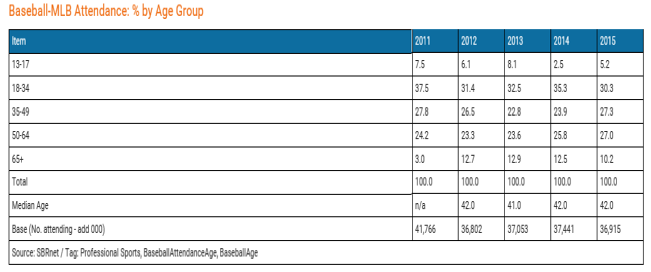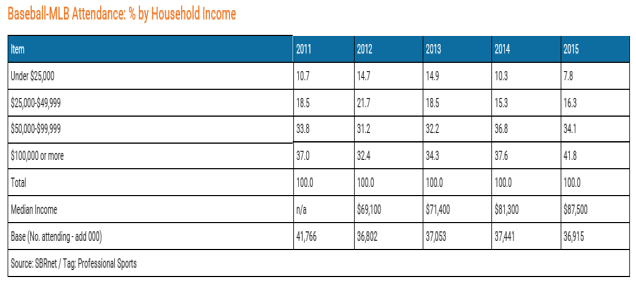Baseball has been around way before any of us reading this were born and not much has changed, and we like that! But there is a possibility that MLB could tap into a new market, “virtual reality”, in an attempt to grow their younger crowds. There are several reasons why MLB shouldn’t take such a drastic risk in such an unknown market.
According to MLB Commissioner Rob Manfred, baseball may be looking at virtual reality sooner than later, “Major League Baseball is working on new ways to bring virtual reality technology into the sport.” (Sports Venues Tech, 2016) This new virtual reality technology is already being developed and tested in the realm of baseball. Jaunt VR is a California-based company that creates 360-degree videos and captures footage of several teams which include the Boston Red Sox and Chicago Cubs that is used as part of the Hall of Fame Tour.
"'I think the next big step for us, as all sports, is going to be virtual reality. We just debuted a really interesting mobile exhibit from the Hall of Fame that has virtual reality components to it, and it’s the beginning of us working into that area,' said Manfred (Sports Venues Tech, 2016)." The commissioner seems pretty confident that this technology will become the “next big thing” but he along with many others is failing to see what’s in front of them right now.
Major League Baseball (MLB) was founded in 1869 and for as long as anyone can remember or tell, people have been watching games in person ever since. According to research done on attendance by age group, more and more people of an older age (50-65) are attending games than those in their teen years. This is the first reason why MLB should not tap into a virtual reality market that targets younger generations. MLB and other sports alike are trying to find new ways to attract younger fans; as the older fans are the ones that are filling the seats. What they should be doing is catering to the group that is generating them revenue.

More and more fans of older age are going to more games and the younger generations (teenagers and into 30’s) are going to fewer and fewer games. If you have a market that is asking for more and more of your product, why go and try to sell something to a different market group that will cost you more money? Producing these types of technologies is not going to be light on the pocket and time spent for research and development is time lost on the age group who is already supporting you.
The second reason they should not dive into the virtual reality market is that it targets a younger crowd, which has less money to spend at your park. It almost just common sense; you have to spend an abundance of money on research and development on a product that is tailored to a younger crowd which doesn’t have much capital to put back into your pocket. In other words, there is not enough return on investment in a product of this kind in a market as original as baseball.

Less and less people who have between a median to low salary are attending fewer games each year. This market that virtual reality is tailored to (teen – mid age) does not have the same capital to spend on parks as do the older fans who are also attending games more frequently than younger fans. This graph demonstrates people with a salary of $25,000 - $49,000 have decreased their attendance at MLB games while people with a salary of $100,000 or more have continually been going to more games of the past couple years.
So what? So, people of a younger age are going to less games than before while people of older age anywhere from 50-64+ are steadily going to more games as the years go on. And people with significantly low incomes are going to fewer games over the years while those with high income continue to go to more games. What does this tell us? Older fans with more money are going to more games than ever before. And that is the 3rd and final reason why MLB should not go into a virtual reality market when it already has a market of older fans that have money that it needs to tend to. “Don’t break what’s already fixed” is the saying isn’t it?
Baseball is seeing older fans with money to spend flood into its parks and the MLB needs to be conscious of that. Right now these fans have the money and time to spend on baseball and it is a perfect time for these baseball organizations to take advantage of a hungry market. Going after a market that will cost you lots of money with not so much in return just seems like an obviously bad idea. If the MLB wants to remain as America’s past time and continue to see success in its attendance it has to serve the market at hand: older fans with more money.
Written by: Daniel Rodriguez - Twitter: @drodzz7
General Editor: Macy Marin
Sources
Sports Business Research Network
